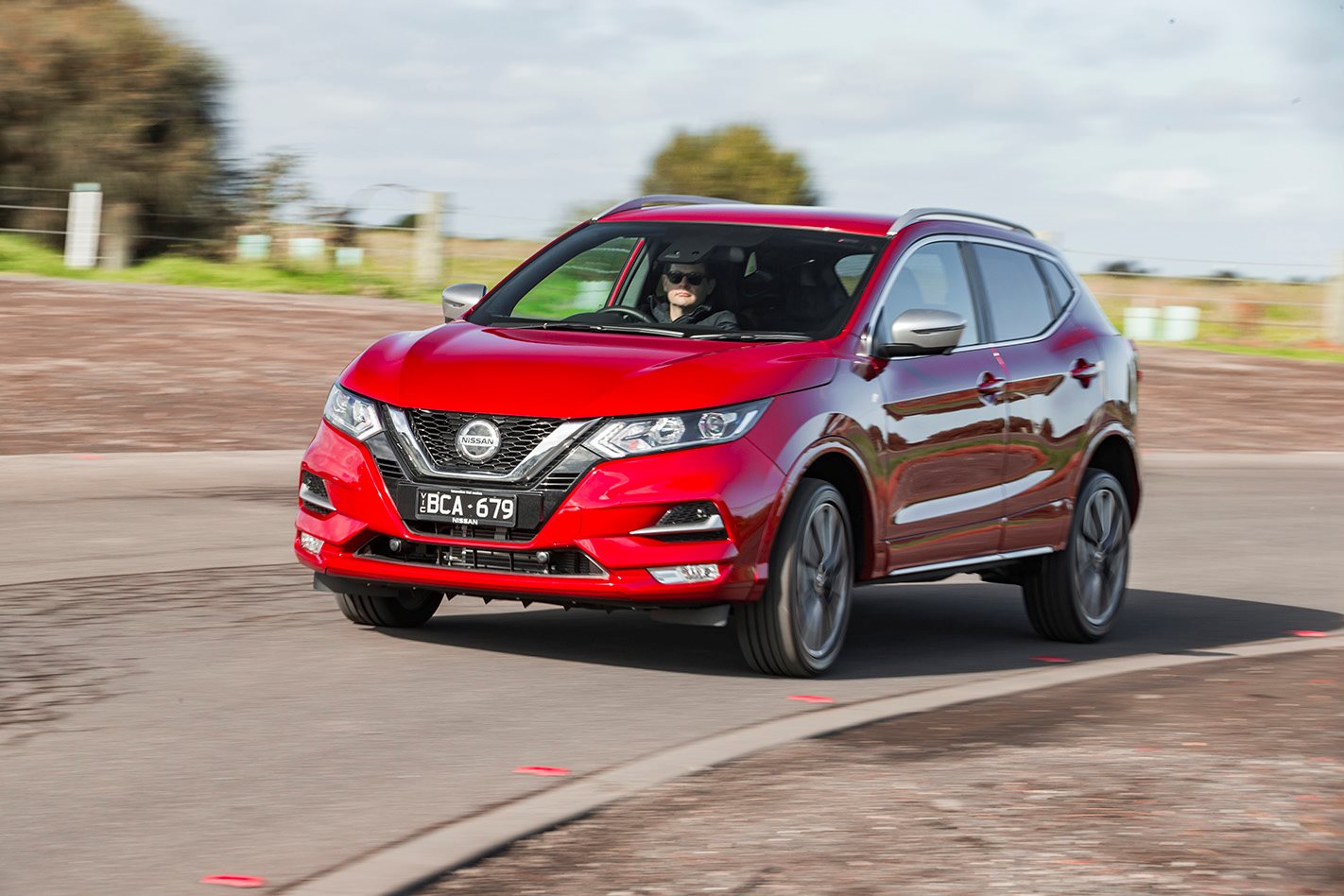
Update #1
August 4, 2020 Km Driven: 450km
You’ve got to feel for the Nissan Qashqai. On the one hand, it should be a runaway success. It’s an SUV in an SUV-mad country. And its bigger brother, the Nissan X-Trail, was the world’s top-selling SUV in 2017 – the Toyota RAV4 pipped it in 2018 and 2019.
But being in the right place at the right time and with the right pedigree isn’t enough, especially not when you are just one of 20 different small SUVs all vying for Australia’s attention.
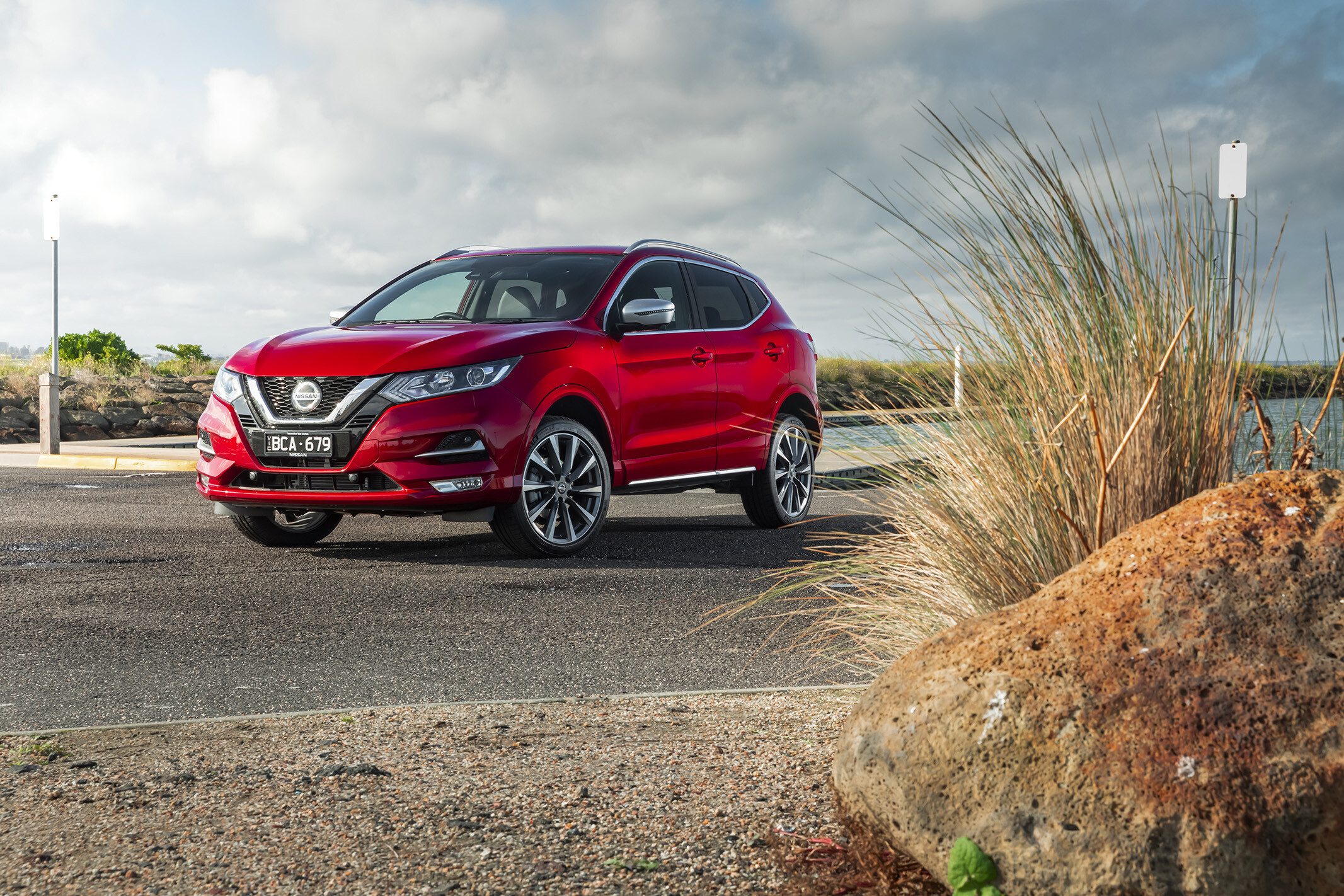
The Qashqai does okay, though; one-in-10 small SUV buyers choose the Qashqai over rivals like the Mitsubishi ASX, Toyota C-HR, Hyundai Kona and Subaru XV, so it must have a lot going for it. To find out exactly why I decided to live with one for six months. For the first two months I’m in the Nissan Qashqai N-Sport, after which I graduate to the top of the range Qashqai Ti. So, let’s get started.
We get asked a lot of questions about the Nissan Qashqai. From the obvious “Is the Nissan Qashqai a good car?”, “Is the Nissan Qashqai a seven-seater”, “Can it go offroad?” and “Can the Nissan Qashqai tow?” to the less so: “What does Qashqai mean?” and “How do you pronounce ‘Qashqai?”. Then there are some astute questions, such as “Which Nissan Qashqai is the best to buy?” and “How reliable is the Nissan Qashqai?”.
Let’s start with the easy one, or the hard one, depending on your linguistic flair. The ‘Qashqai’ are a collection of five nomadic tribes living in Iran and famous for their carpets. According to Wikipedia they pronounce it “Kash-kai” or “Gash-gai”.
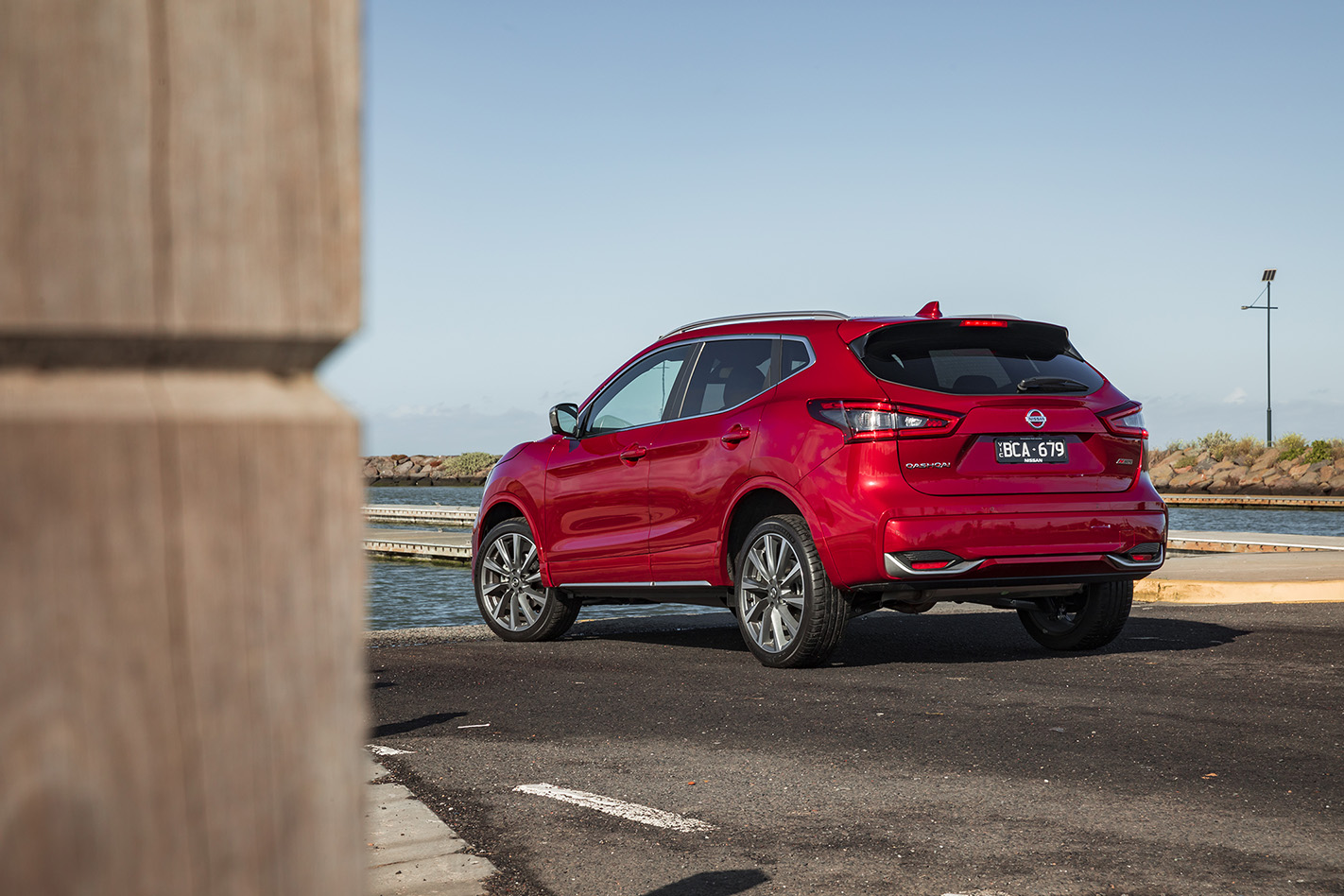
Nissan says it chose the name because it believes buyers will be nomadic, too. Presumably, they mean ‘nomadic’ as migrating to the Qashqai from a bigger or smaller Nissan SUV, rather than in and out of the Nissan brand, because consumer loyalty is highly prized by car companies – anything up to 70 percent of new car sales are from the brand’s existing owner base.
So a positive ownership experience and vehicle reliability definitely count!
The Nissan Qashqai is the second smallest of Nissan’s five SUVs. In size and price terms it sits above the tiny Juke and below the popular X-Trail, the bigger Pathfinder, and the Patrol offroad monster.
All five Qashqai variants are five-seat, five-door wagons with a 2.0-litre petrol engine driving only the front wheels through a CVT continuously variable transmission. There is no all-wheel-drive option. There is a manual transmission option on the cheapest model (the ST) for those who like to change gears themselves.
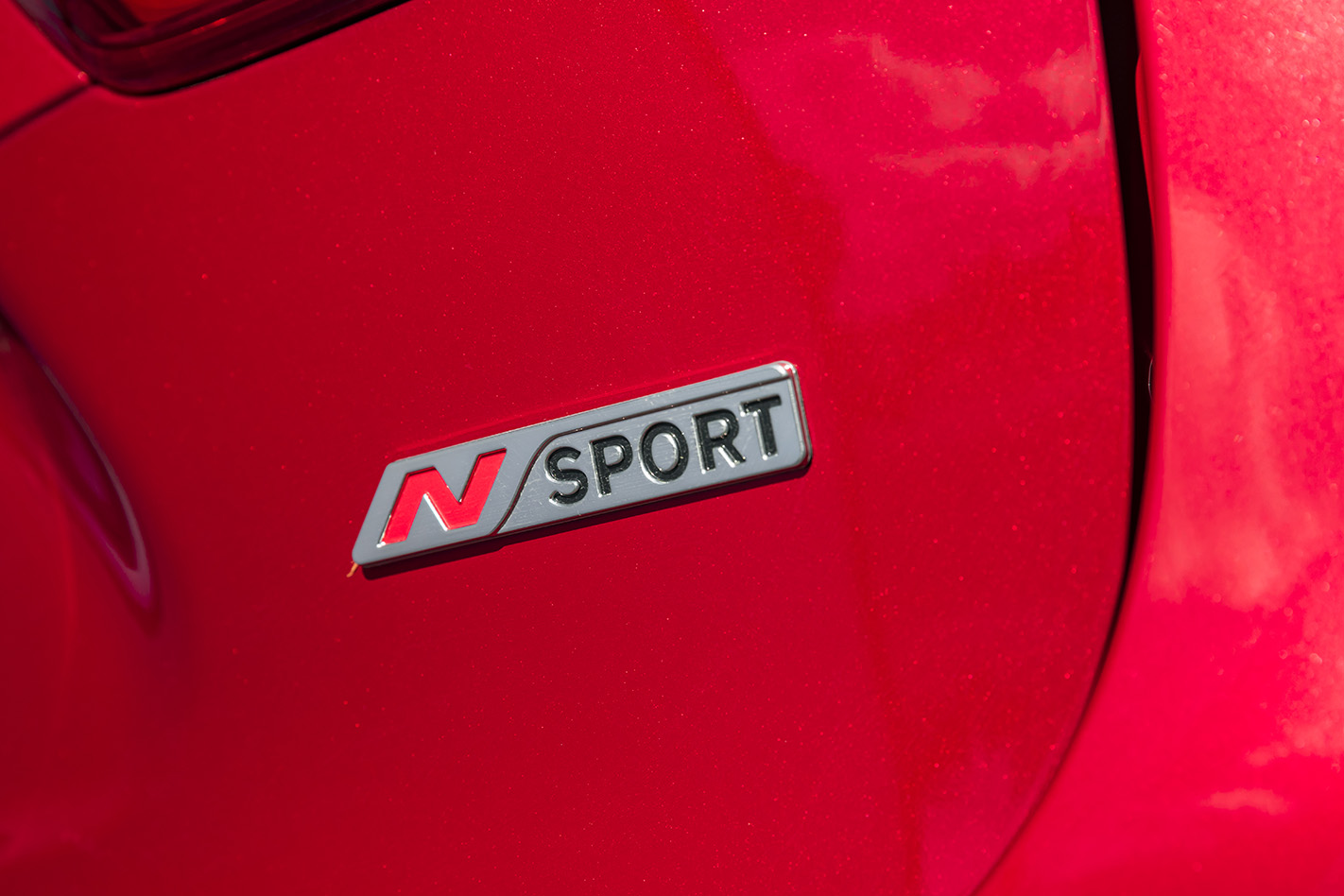
The model I’m testing here is the Qashqai N-Sport introduced in 2020. It sits below the range-topping Ti, is priced at $36,290, and is said to add a sporty flavour to the Qashqai range.
We’ll get to the N-Sport’s points of difference shortly. First, it’s worth noting all Nissan Qashqai models come equipped with convenience features like Apple CarPlay and Android Auto (via a 7.0-inch touchscreen), front and rear parking sensors and a rearview camera, cruise control, and Bluetooth. That last one is a bit finicky with my wife’s Samsung Galaxy S10 but connects to my Huawei no problems. The Qashqai’s audio system is a fairly basic six-speaker setup but it does offer DAB+ digital radio.
Many of the intelligent safety features are excluded from all but the most expensive model, the Ti. I’m talking about intelligent park assist, and lane intervention. Autonomous emergency braking is standard on all models, but only the Ti gets the pedestrian detection enhancement. And the base ST model misses out on blind-spot warning and rear-cross traffic alert.
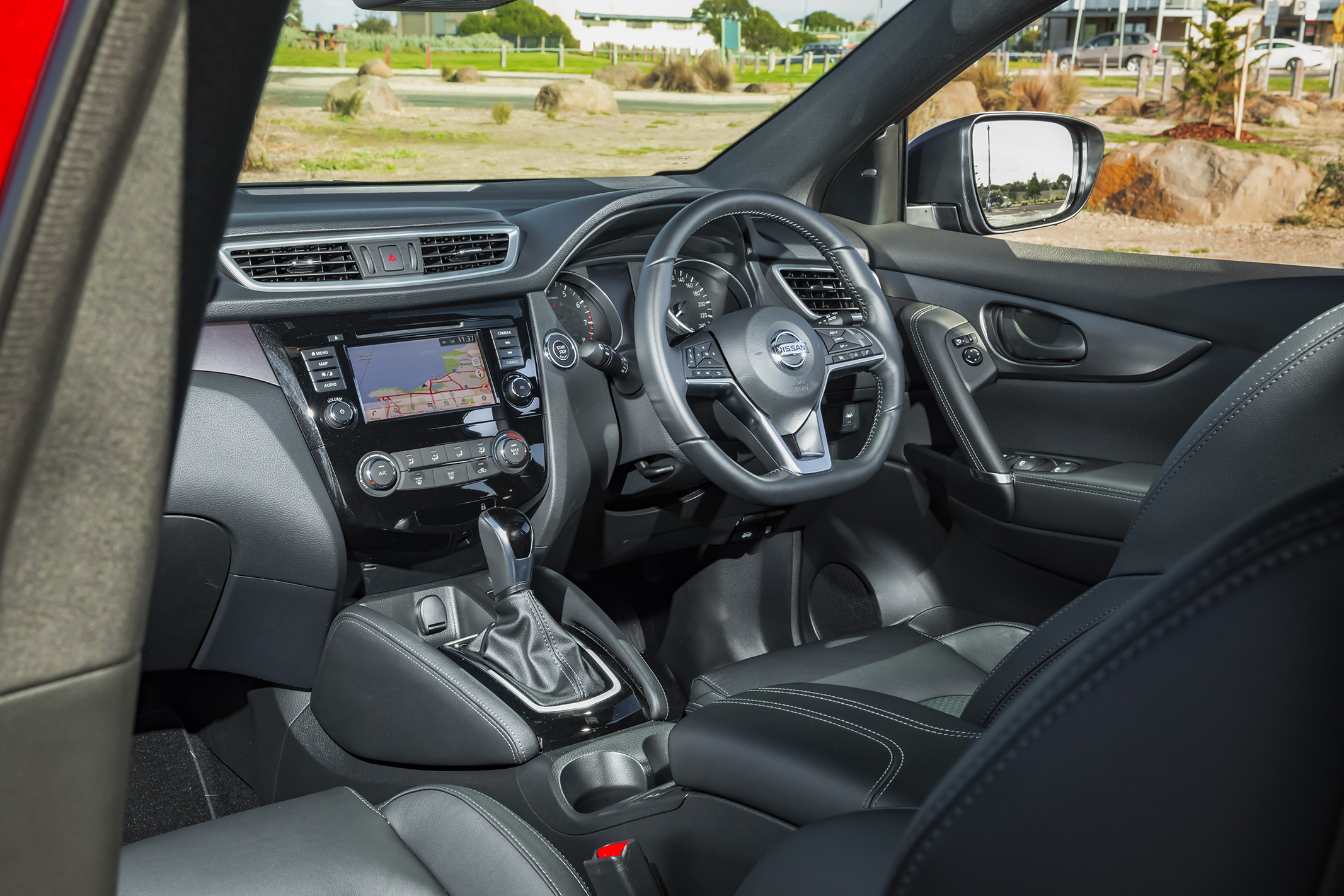
Now, to the $36,290 N-Sport model in particular, and what it gets that the $35,290 ST-L doesn’t. On the outside, body-coloured bumpers with silver inserts are an obvious giveaway, as are unique 19-inch alloy wheels inside body-coloured wheel arches. The wing mirrors are also silver capped.
The N-Sport’s interior imparts quite an upmarket vibe for a car priced in the mid-$30,000s largely through the clever choice of materials and a spaciousness few in its class can match, although the touchscreen’s dated graphics bring that vibe down a notch.
The front seats are part leather part fabric and both adjust for height as well as slide and rake (the driver’s does so electrically). They even have matching lumbar adjustments so you don’t get a sore back on long drives. The steering wheel adjusts for tilt and telescope, which means it’ll accommodate a wide variety of driver shapes and sizes.
Like the ST-L, the N-Sport has heated front seats which are a welcome touch in a Melbourne winter. It also has satellite navigation. Unusually for this price, the air-conditioning is not climate controlled. It’s old-school meaning you need to set the fan speed and a cold-to-hot dial. Only the Ti gets climate control.
Practicality is strong up front with plenty of little cubbies for life’s knick-knacks, including door pockets, two bottle holders, and a phone cubby in front of the centre armrest bin. There is no smartphone charge mat on the N-Sport, but that’s the same story for similarly priced variants of its main rivals, the C-HR and Kona.
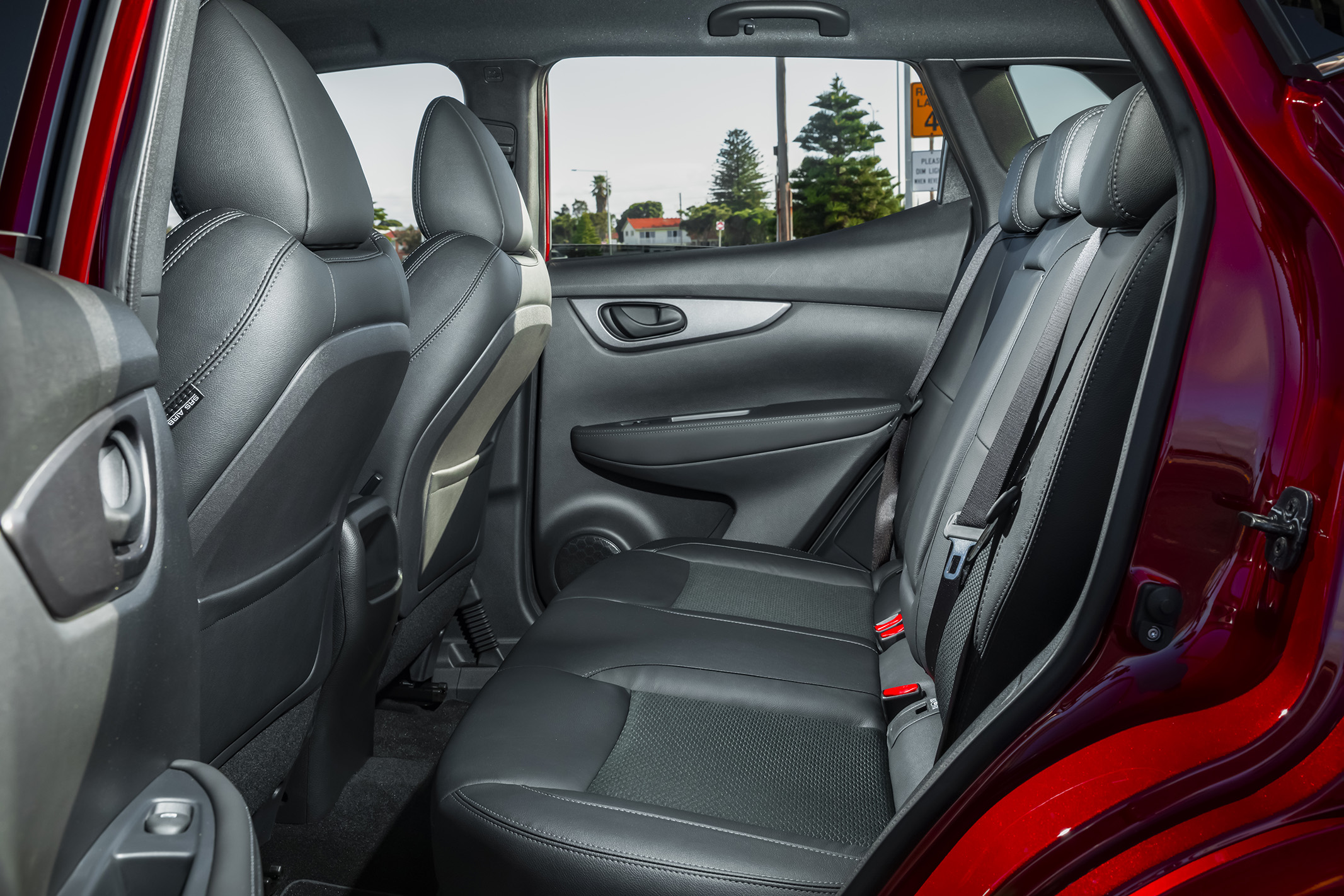
The back seat is roomy enough to accommodate two adults, but that leaves very little room in the middle. Three kids across the back will be fine. There are two ISOFIX mounts in each outboard seats but none in the middle, which is a bit of an oversight because with a capsule installed the front seat has to come quite a long way forward, cramping the front seat occupant considerably.
Another area the Qashqai impresses is in boot space. The 430-litre boot swallows our big pram easily, and the car’s relatively low load height means it’s not a huge effort to get the pram up or down. If you need more space, the back seats split/fold in a 60:40 configuration, liberating 1598 litres of space.
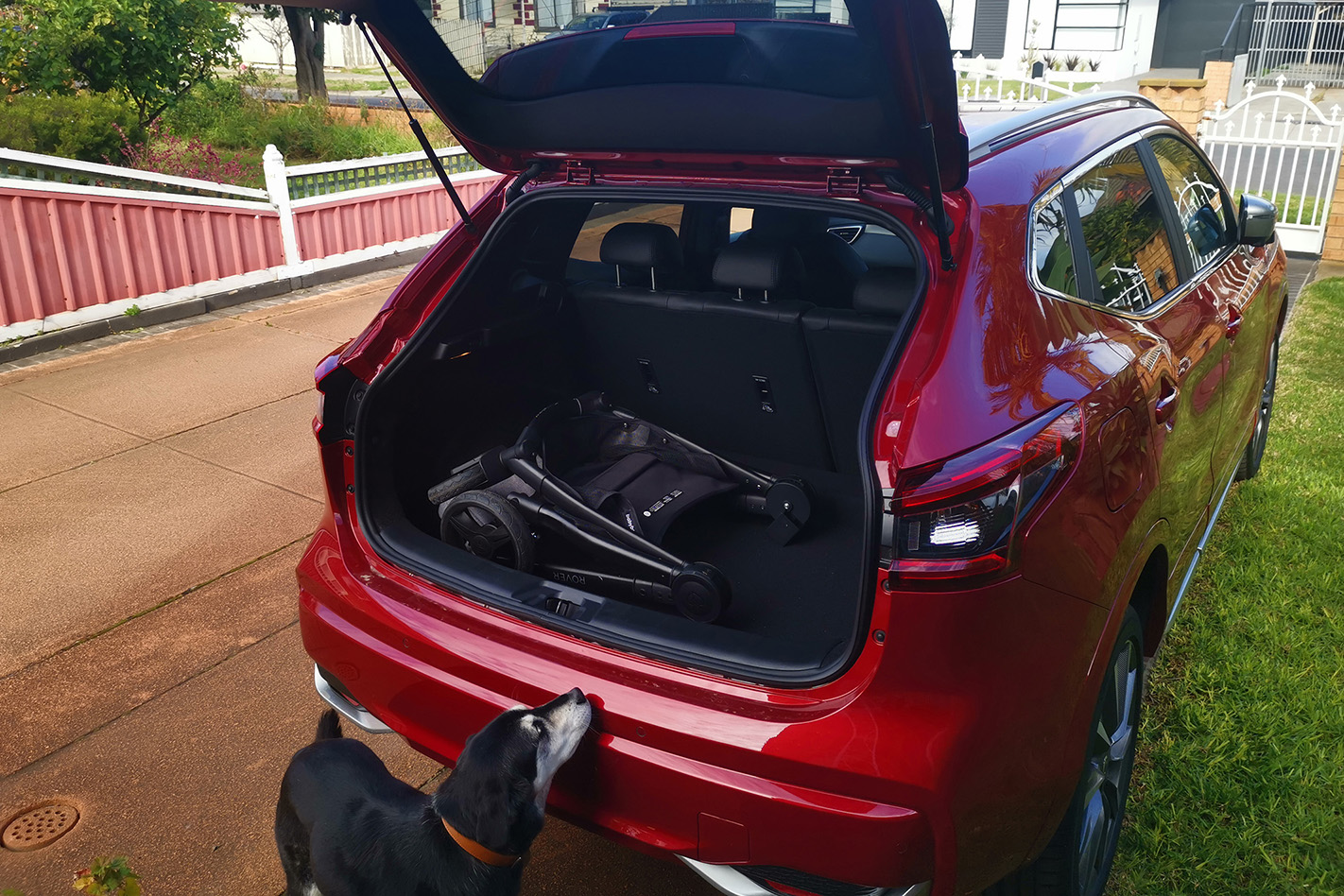
As for how the Qashqai drives, our Covid-restricted test-driving relationship has started well. The 2.0-litre engine and CVT transmission are well-matched, making the most of the front-drive Qashqai’s relatively modest engine performance.
The gearless CVT’s seamless acceleration adds an enthusiastic edge to proceedings, making the Qashqai feel faster than its on-paper 0-100km/h time of 11sec would suggest. Sure, the performance is nobody’s idea of fast, but it’s definitely fit for purpose, and relatively frugal too.
The ride does a good job of absorbing harsher bumps, but it is on the firm side of supple, although some of that might be down to the N-Sport’s bigger 19-inch wheels and tyres.
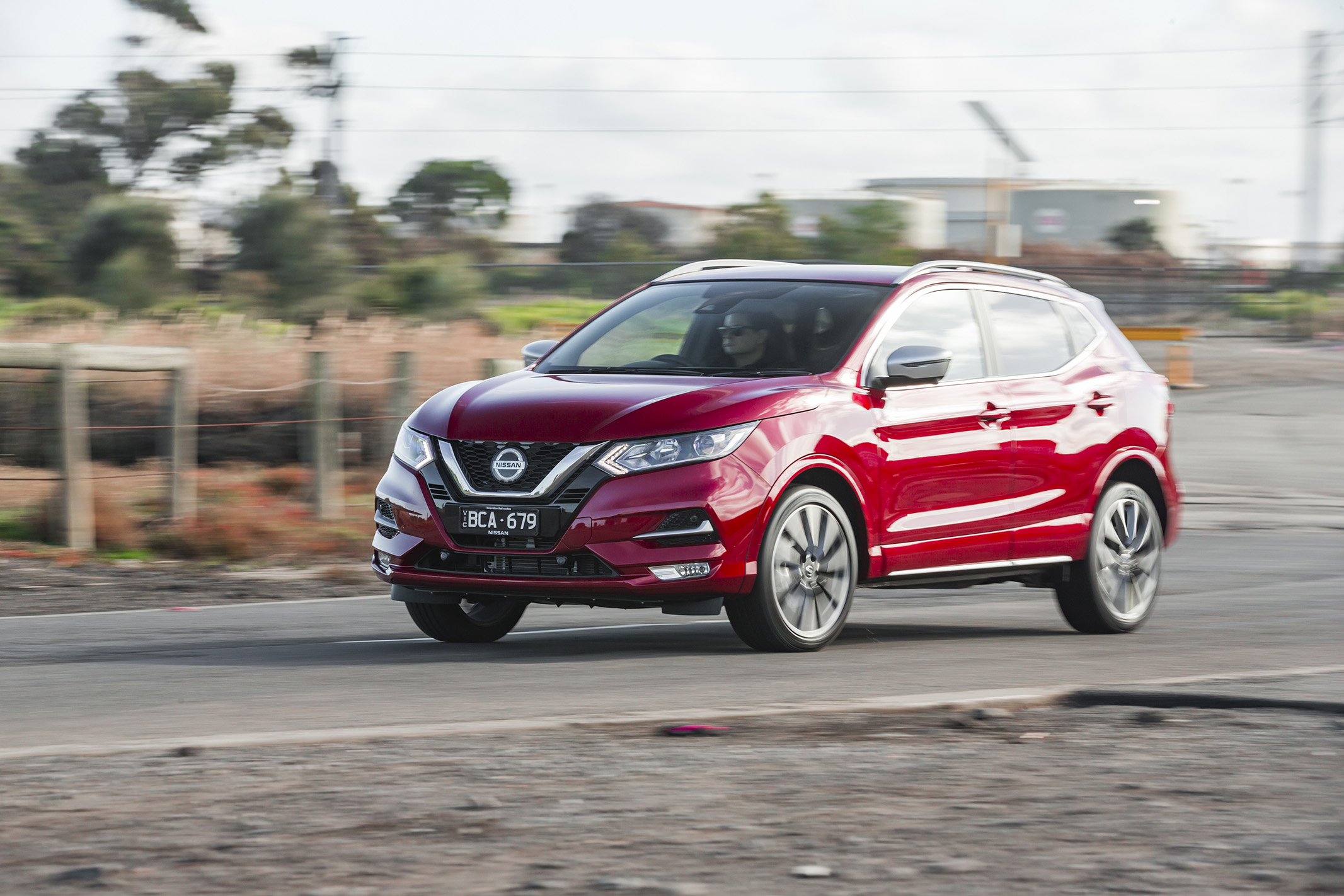
As for the cabin, the upmarket vibe started by Nissan’s choice of materials continues with the ambiance. When Nissan upgraded the Qashqai back in 2017, it put in thicker window glass and more underbody sound-deadening, which means it’s a surprisingly quiet car to drive.
So, no rude shocks, no big surprises. After three weeks the Qashqai N-Sport is proving itself a willing and honest member of the family, and a pretty good way to spend $35K. Let’s see how the next three weeks go.



